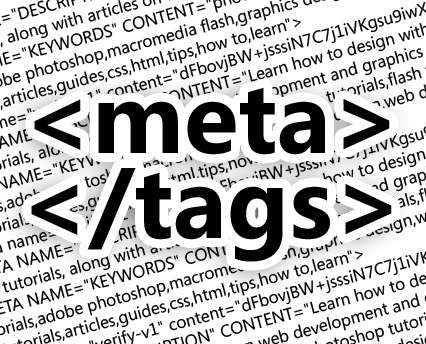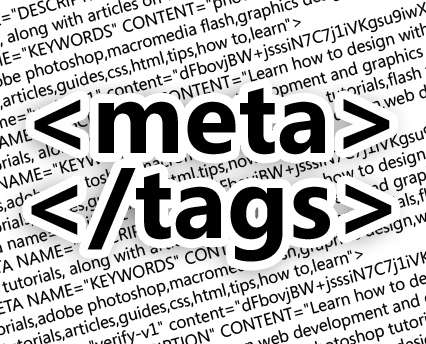
If you have ever developed a website, then chances are you have worked with Meta tags. And, while many Meta tags are useful, some are not nearly as necessary as they once were. There is an abundance of Meta tag myths circulating on the Web, at conferences/seminars and among many business owners when it comes to SEO. In the world of Meta tags, there are 4 primary types that many sites use:
- Meta keywords, which are used to tell search engines what key phrases the page should rank for.
- Meta descriptions, which summarize what is on the page and should be geared for people and not search engines.
- Meta robots, which interact with search engine spiders to tell them what to (and not to) read.
- Author, copyright, rating and distribution tags which can be useful for identifying other information about the page
Debunking Common Meta Tag Myths
There are many views and opinions circulating at conferences and online concerning Meta tags. Some are true, but many are not. Here are some of the more common Meta Tag myths around today that should be noted:
- The best Meta tag is one that stuffed with as much information as possible. In reality, this is bogus. Keyword stuffed descriptions and tags are counterproductive in SEO.
- Keyword Meta tags should contain highly searched for words, even if they are totally unrelated to your web content. Keyword stuffing resulted in search engines realizing what was happening. In fact, Meta keywords tags are no longer used by Google because of this abuse. Recently, some other search engines have started looking at them again but they place very little weight on it, making that particular Meta tag relatively useless despite being widely thought as being THE thing that SEO experts use.
- It is imperative to use Meta Robots tags. All search engines automatically index and follow unless told not to. So if you have directories you don’t want search engine spiders indexing then this is something to look in to.
- Images have no SEO value. Actually, you can use the ALT parameter to assign a label for the photo taht search engines will see.
- If you define a Meta description, Google uses it in the description underneath your search listing. Au contraire! Although this is often true, it is not always the case. Sometimes search engines decide that there is other text on your page that better describes the page.
The Meta Description Tag
Just because Meta keyword tags are not the "magic" many believe them to be, it doesn’t negate the usefulness of all Meta tags. In fact, the Description Meta Tag can be vital to getting traffic to your site. So, as you create your Meta description tags, remember the following:
- It should be written accurately and concisely describe the page’s content
- It should be written like an advertisement, so that searchers will be compelled to click on your site in their search results
- it should use key words, not for SEO/Page Rank, but to show searchers your web content is relevant to what they are looking for.
With these points mind, create great Meta descriptions by:
- Always describing your content honestly, yet inviting
- Paying attention to your character limits and stick with the lowest to ensure it not being cut off: Google is 160, Yahoo is 165 and MSN is 200+. Try out our FREE Meta Tag tool to help keep you on track.
- Using keywords in your Meta tag – attract PEOPLE, not search engines
- Convincing your reader that your page has what they are looking for rather than the other 10 results that their search found.
You want your website to be easy to find and easy to use, regardless of the device it is being read on. So keep in mind some of these tips on getting the most out of your meta tags, without wasting time on tags such as meta keywords, which don’t give you much "bang for the buck." If you want to know where you should focus your time when it comes to SEO, check out this article on the top 3 tags used to rank your page.
